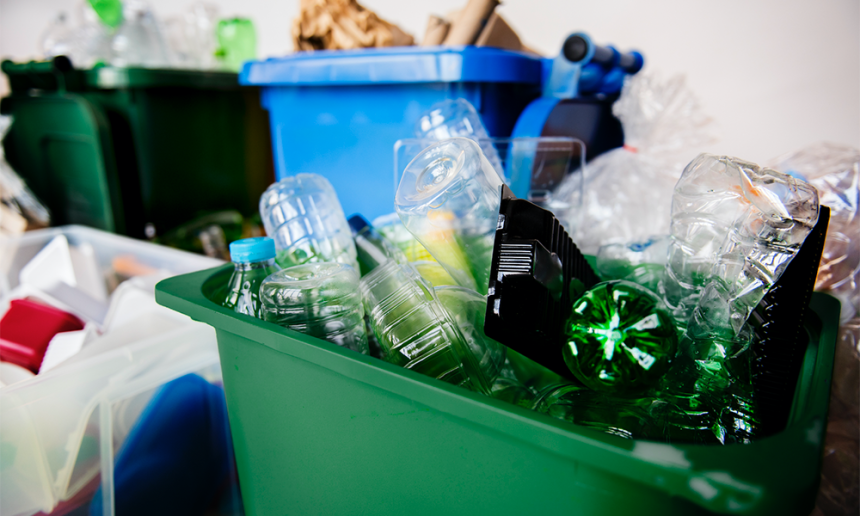According to new figures released by Defra today (3 March), the official ‘waste from households’ recycling rate in England was 45.5% in 2019, up 0.9 percentage points from 44.7% in 2018.
The rolling 12-month ‘waste from households’ recycling rate was 45.5% at the end of March 2020. This is an increase of 0.4 percentage points compared with the previous 12-month period. These figures include incinerator bottom ash (IBA) metal.
In 2019, total ‘waste from households’ increased slightly to 22.1 million tonnes from 2018 when it was 22.0 million tonnes. This is equivalent to 392 kg per person, down from 394 kg per person in 2018, a decrease of 0.4 %.
The total amount of waste recycled increased. In 2019, it was 10.1 million tonnes, up from 9.8 million tonnes in 2018. This was an increase of 2.2 %.
The amount of residual waste treated was 12.0 million tonnes, down from 12.2 million tonnes in 2018, a decrease of 1.5%. The amount of dry material recycled was 5.9 million tonnes in 2019, up slightly (by 8 thousand tonnes) on 2018.
‘Other organic’ waste sent for recycling was 3.7 million tonnes, an increase of 183 thousand tonnes or 5.1 % on 2018.0
It is disappointing to see that the latest government figures from Defra indicate our recycling infrastructure has yet again failed to move significantly forward.
Defra made not that the statistics and the policy measures in its update ‘predate implementation of the Circular Economy legislation commencing in 2020’.
During 2019/20 there was an EU target for the UK to recycle at least 50% of waste generated by households by 2020. The ‘waste from households’ figures outlined here for England make a significant contribution to UK estimates, which will be published in the next edition of the UK Statistics on Waste, Defra says.
Sustainable packaging producer DS Smith commented on the figures, saying: “It is disappointing to see that the latest government figures from Defra indicate our recycling infrastructure has yet again failed to move significantly forward.
“At a less than a 1% increase to 45.5%, this means we are still trailing significantly behind our overall targets and leaves us lagging behind other European nations, such as Germany which is recording a rate of 67%.
“We urgently need reform around our collection infrastructure and the best way for us to improve recycling rates is to focus on quality – in particular, paper and cardboard as the packaging with the highest recycling rate would benefit from a consistent source segregated collection of recyclables to avoid the contamination of valuable materials in mixed collections.
“With consultations around consistency, and other areas of waste and recycling legislation set to take place this year, we urge the government to accelerate moves to an infrastructure that supports high quality material for recycling.”

